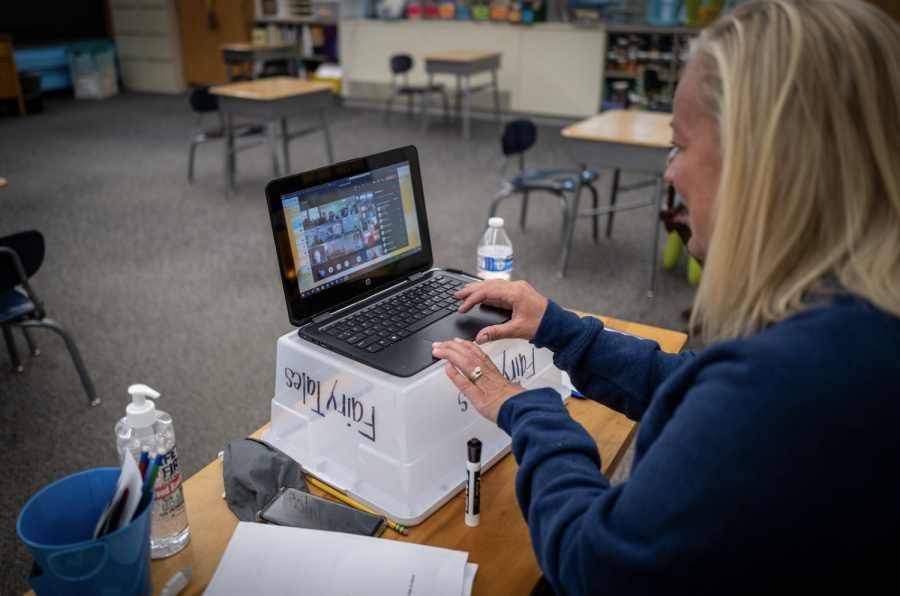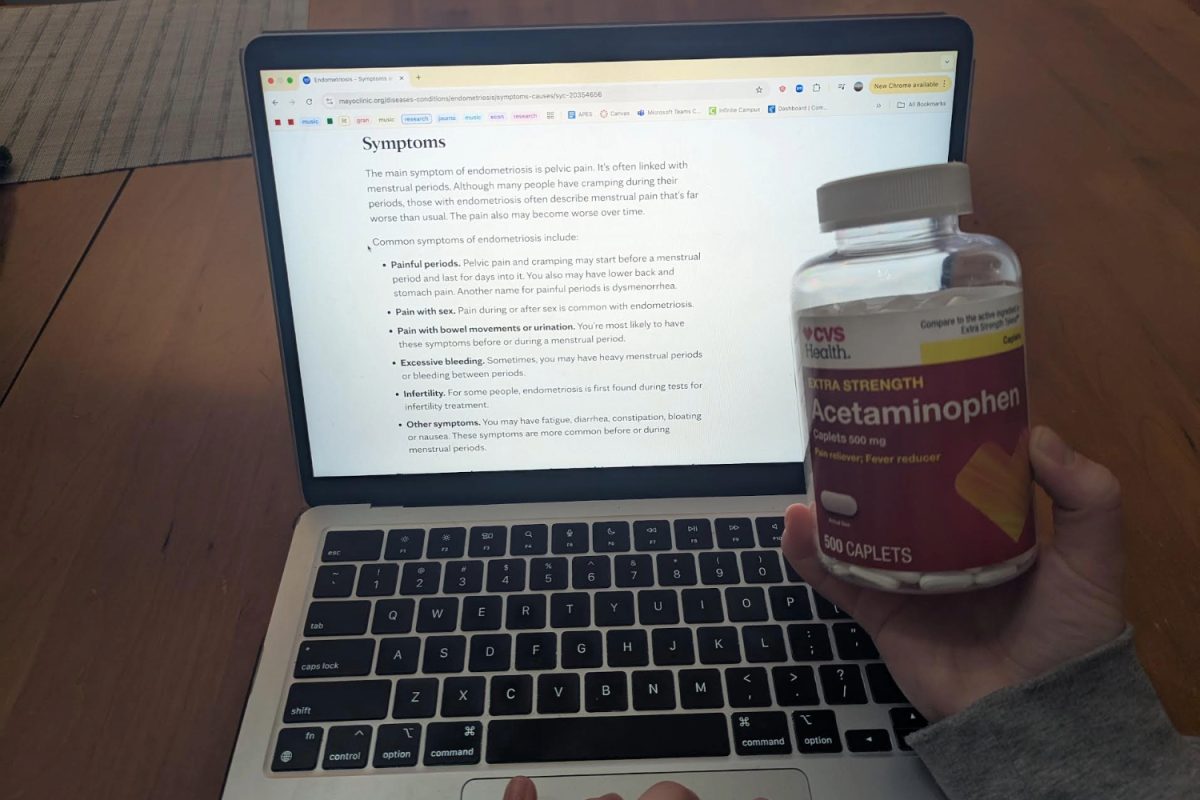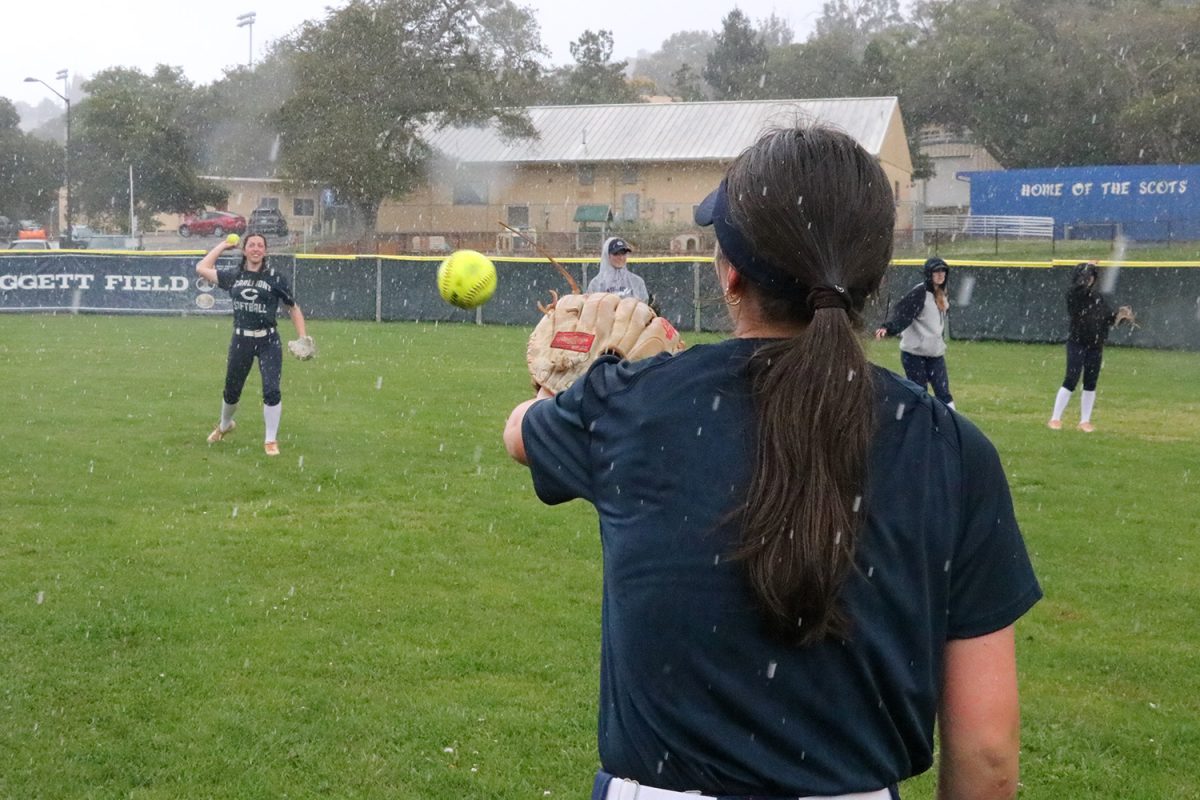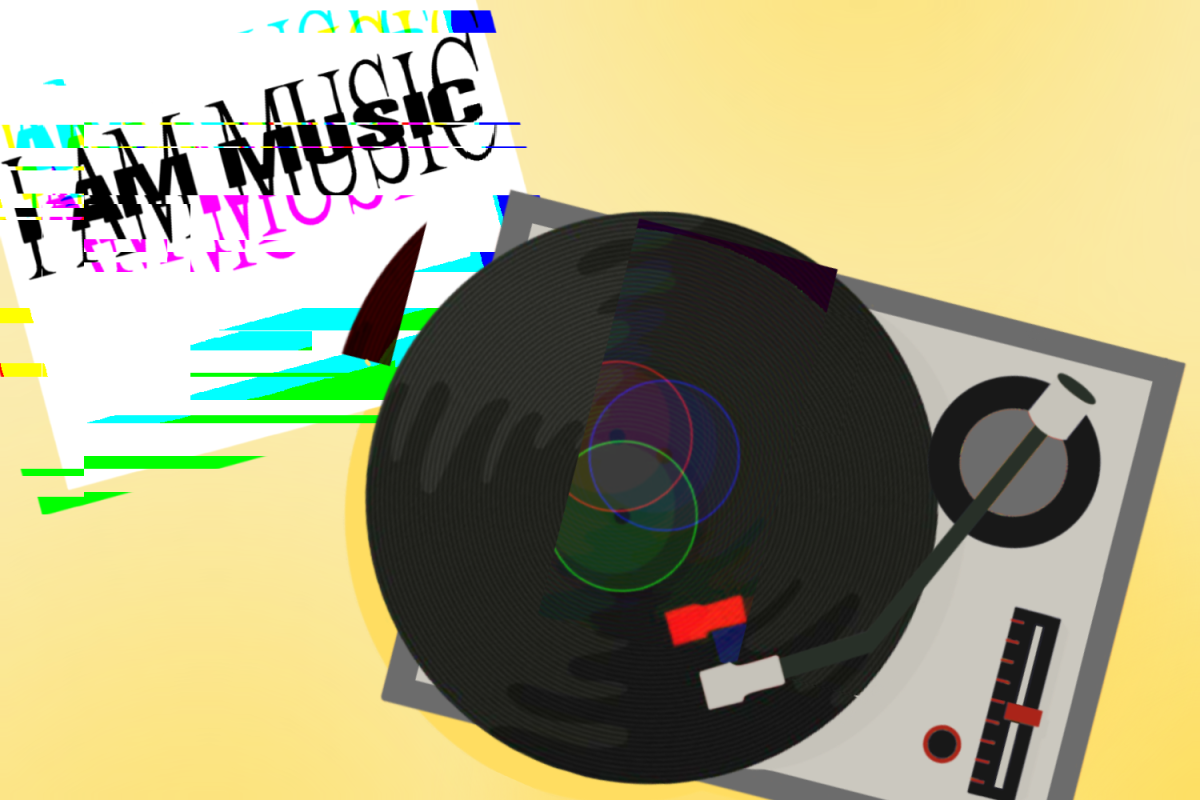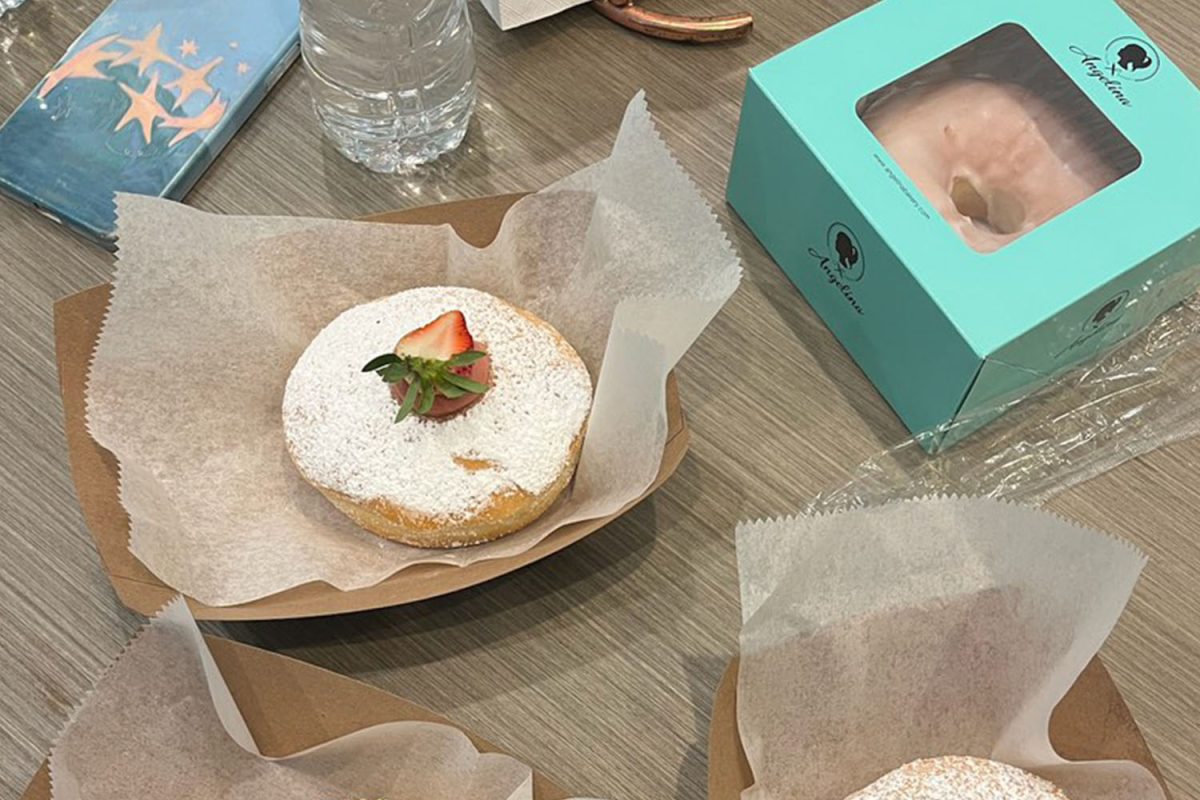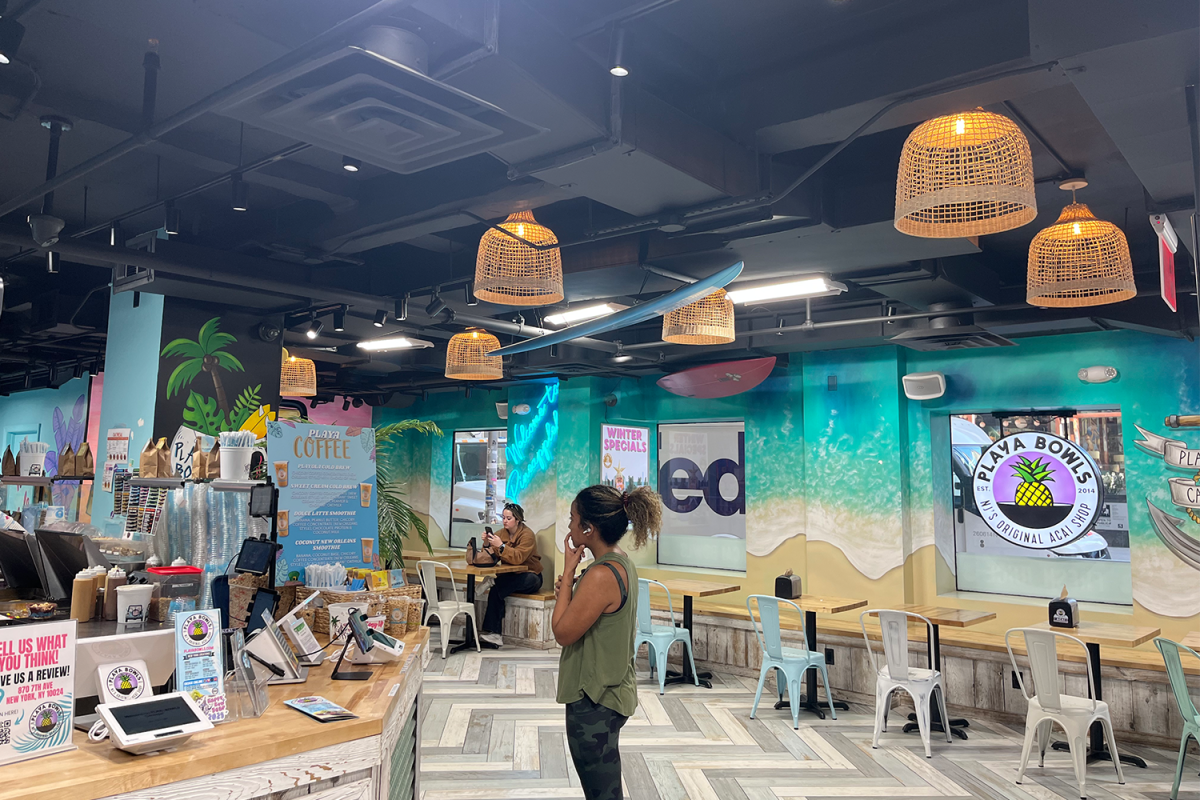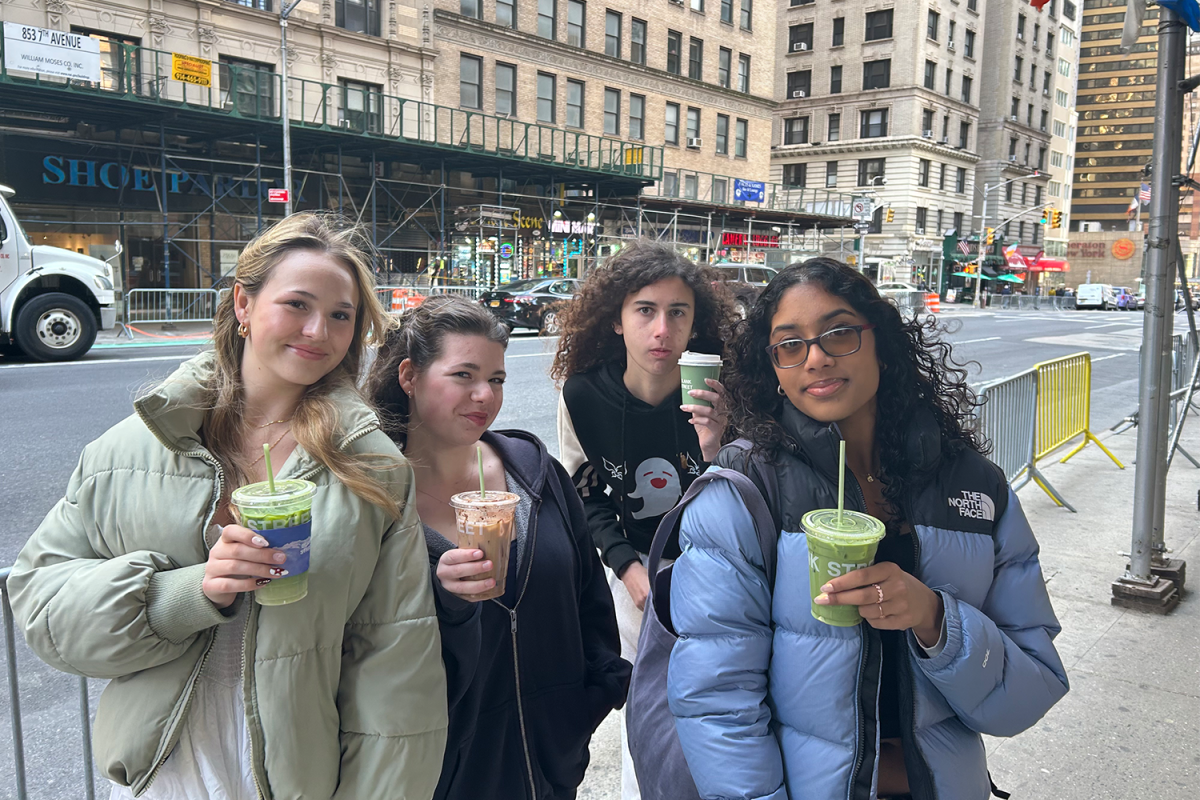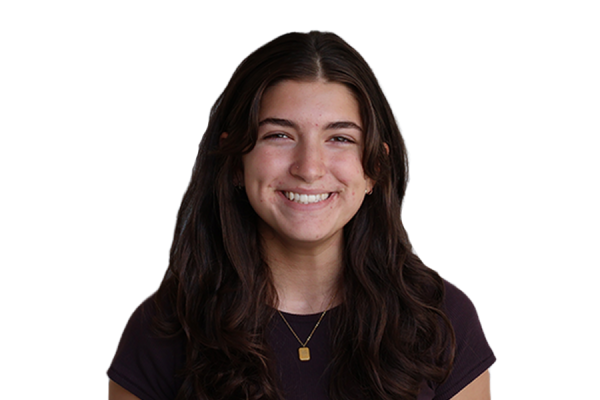Bay Area school districts are treading water in a pool of uncertainty during the current omicron surge. Most districts have distributed tests and masks, but frequent absences coupled with student protests necessitate greater protections and possible school closures.
The omicron variant of COVID-19 reached California on Dec. 1, 2021. After proving highly transmissible, the variant has swept through Bay Area schools, leading to low attendance of students and teachers. Along with many absences, fears of student and teacher safety have introduced the discussion of whether or not schools should remain open.
“Schools closures should be off the table because the health threats posed by omicron are so much less severe than prior variants,” said Dr. Jeanne Noble, an emergency care physician at University of California, San Francisco (UCSF) Health.
A preprint study showed that in comparison to patients with the delta variant of COVID-19, omicron patients exhibited a 53% lower risk of hospitalization, a 74% decreased chance of ICU admission, and a 91% reduced probability of death.
However, less severe symptoms have not eliminated the possibility of school closures. Staff shortages have afflicted Bay Area schools placing substitute teachers in very high demand. To satisfy this demand, some districts such as San Jose Unified School District have recruited school counselors substitutes. South San Francisco Unified School District requested that district staff fill in, and other districts even turned to parents.
But Hayward Unified School District (HUSD) took a different approach to its staff shortage. The district decided to go online from Jan. 10-14. In the week leading up to the decision, HUSD reported 702 student cases and 112 staff cases of COVID-19.
“Our goal wasn’t to stop the spread of COVID-19 or omicron. This was about being able to operate our schools in a safe way,” said Matt Wayne, HUSD Superintendent, in a Board of Education meeting on Jan. 14.
Most Bay Area school administrations decided that student and staff health was their main priority, but in the Oakland Unified School District (OUSD), students took their safety into their own hands.
OUSD students issued a district-wide petition calling for KN95 or N95 masks and weekly testing. If the district did not meet their demands, students threatened to strike by not attending school starting Tuesday, Jan. 18. With over 1,200 signatures, the petition sparked controversy among students, staff, and parents.
“We share the students’ concern about the spike in omicron cases of COVID-19,” OUSD wrote in a press release addressing the petition. “That concern is why we have distributed KN95 and N95 masks to all staff. We have also ordered enough KN95 masks for all students.”
While higher-quality masks make people feel safer, some debate their necessity.
“If people want to wear tighter fitting masks that may protect them more from infection, then they can, but it’s certainly not a requirement,” Noble said. “We don’t provide teachers and students with tight-fitting face masks during flu season. And now, for the average vaccinated person, the flu is a greater risk to their health.”
In the Sequoia Union High School district (SUHSD), the discussion of distributing high-quality masks to staff is not new.
“Sequoia teachers have been asking for N95s since the fall of 2020 when there were talks of coming back to school,” said Edith Salvatore, a teacher at Sequoia High School and president of the Sequoia District Teachers Association.
The district recently distributed the masks to all Sequoia teachers and any students upon request.
“The fact that they had the masks on hand to make them available now is great, but it also means that they had them available and could have given them to us last semester and didn’t,” Salvatore said.
Masks are not the only area of COVID-19 response where SUHSD students and staff see room for improvement.
“Carlmont hasn’t really been contact tracing. I have friends who have COVID-19, and I learned it from them instead of from the school,” Carlmont sophomore Ella Tashjian said. “In my classes, kids go missing, and I have to assume they have COVID-19, but I don’t know.”
Students like Tashjian may find security in learning that professionals say contact tracing is unnecessary.
“COVID-19 is here to stay,” Noble said. “It is so prevalent that it becomes kind of absurd or almost theatrical to do this contact tracing when so many people are carrying it asymptomatically.”
Whether or not Bay Area school districts will execute thorough contact tracing, distribute higher-quality masks, or revert to distance learning is unclear. However, their varied approaches to the current omicron surge suggest uncertainty is the only certainty.
“You just have to hope that everyone else is doing their part,” Tashjian said.

